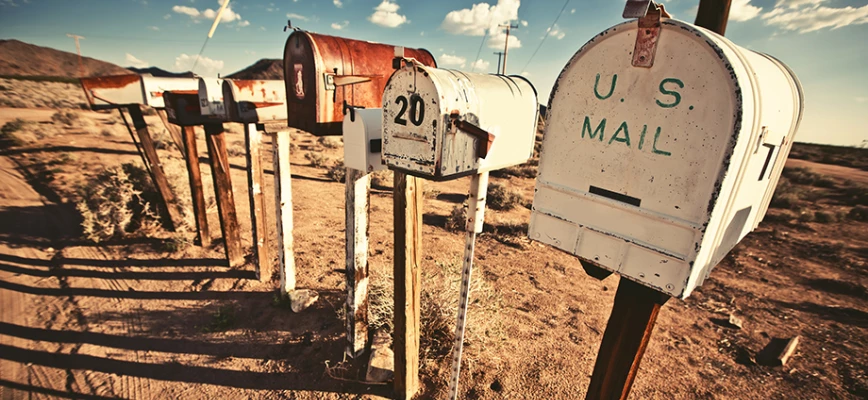E-books over the years
While e-books did experience a surge in popularity somewhere around 2011, e-book sales have been declining for several years now. Meanwhile, printed book sales are up. Within the span of a decade, the e-book bubble has burst.
E-book sales over the years
Sales data from about 1,200 publishers gathered by the Association of American Publishers indicate that e-book sales in the US declined 18.7 percent in 2016. E-book sales continued to drop in the first quarter of 2017, when trade books in e-book format alone decreased 5.3 percent. On a similar note, e-book sales in the UK plunged 17 percent in 2016, according to The Publishers Association. With the same trend on display in previous years, the decline in e-book sales is becoming a pattern.
Ditching e-books in favor of print
Recent data also suggest that readers are ditching e-books in favor of print. The Association of American Publishers reports paperback sales went up 7.5 percent in 2016, and hardback sales 4.1 percent – a trend confirmed by The Publishers Association, which states that physical books in the UK sold 7 percent more in 2016, children's books even surging 16 percent.
So, what made the e-book bubble burst?
While it’s hard to imagine the entertainment industry without digital media, consumers are turning their backs on e-books in favor of printed books. It’s an interesting phenomenon, to say the least, but it does make sense if you ask industry experts, who believe there are at least six reasons why printed books are back with a vengeance.
1. Screen fatigue
Believe it or not, even millennials don’t like being glued to a screen all day and every day. In fact, more and more people opt for a digital detox, purposely limiting their screen time. Needless to say, printed books provide them with the perfect opportunity to do so and stick things through.
2. E-readers are a trend come and gone
Remember how new and exciting e-readers looked when they first came out? Lay one next to a smartphone or tablet now, however, and it looks kind of clunky and, well, uncool, doesn’t it? Kindles, Nooks, Kobos, … are a trend come and gone, and contrary to smartphones and tablets they hardly evolved over the years. Printing technology, on the other hand, hasn’t stood still. Just have a look at a recently published coffee table book and you’ll catch our drift.
3. Yet another device to look after
While carrying thousands of books with you on one single device when you’re on holiday sure is a nice idea, packing an e-reader means you’ll have yet another expensive device to look after when you leave your hotel room or when you’re on the beach, by the swimming pool, …
4. E-books have different digital formats
E-books just aren’t as practical as they’re cracked up to be. While anyone can open any printed book, not all e-books are compatible with just any type of e-reader.
5. They just don’t have that new book smell
Ah, that new book smell. Do you know what else is so great about physical books? You can actually flick the pages to see how far you still have to go. You can turn down corners, tuck flaps in chapters, fold the pages so they’ll stay put. You can take them into the bath without risking getting electrocuted. And you get some pretty good use out of that personalized bookmark you got for your birthday, too.
6. Physical books are things of beauty
Just a short while ago, we mentioned how there’s something about coffee table books. In fact, there’s something about all printed books when you really think about it. While e-books aren’t much to look at, physical books are things of beauty. Collectibles even, in some cases. When you’re not reading them, they add a touch of your personality to your interior. Also, when was the last time you ever gifted someone an e-book? We rest our case.



